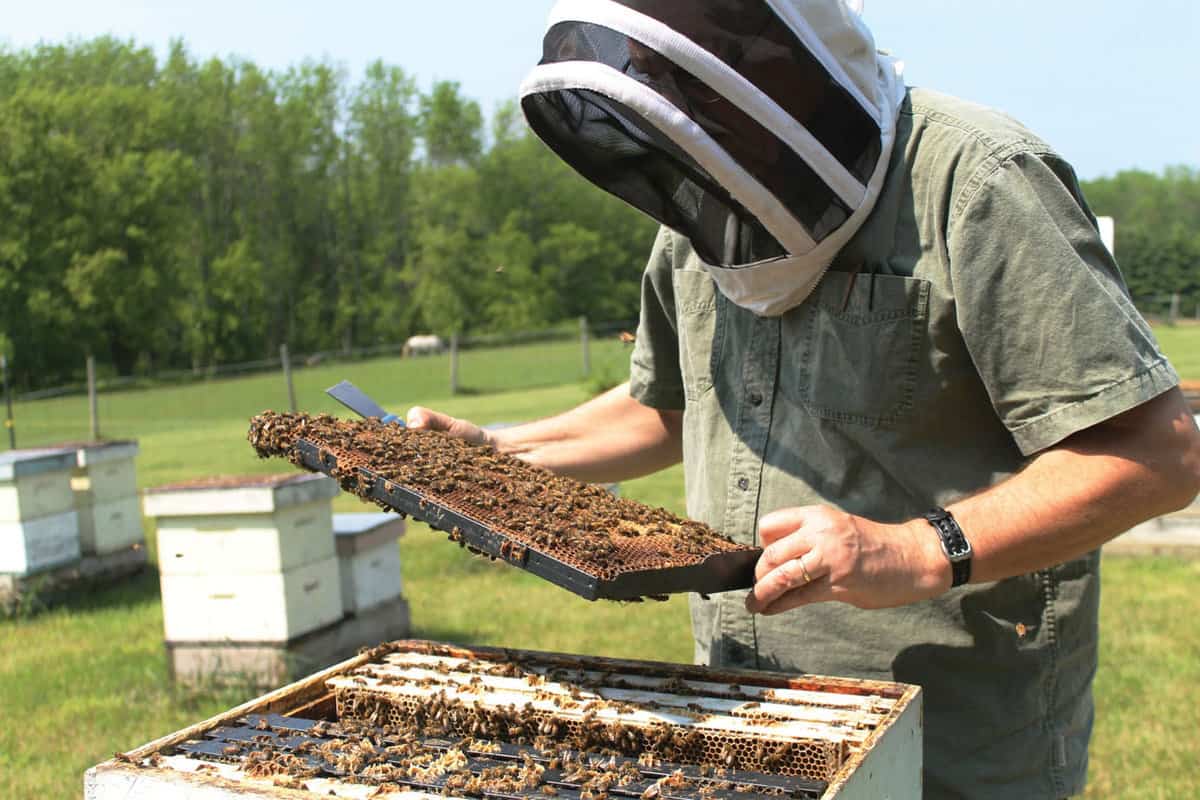Having a bee-friendly garden is a great way to help our environment, but what is really good for bees? Beekeeping can be the answer! With beekeeping, you can ensure that bees have a safe, properly managed home and a plentiful supply of food and water. Beekeeping also has many benefits for the environment and for you as a beekeeper. In this article, we’ll explore the benefits of beekeeping and what is good for bees.
What is Beekeeping?
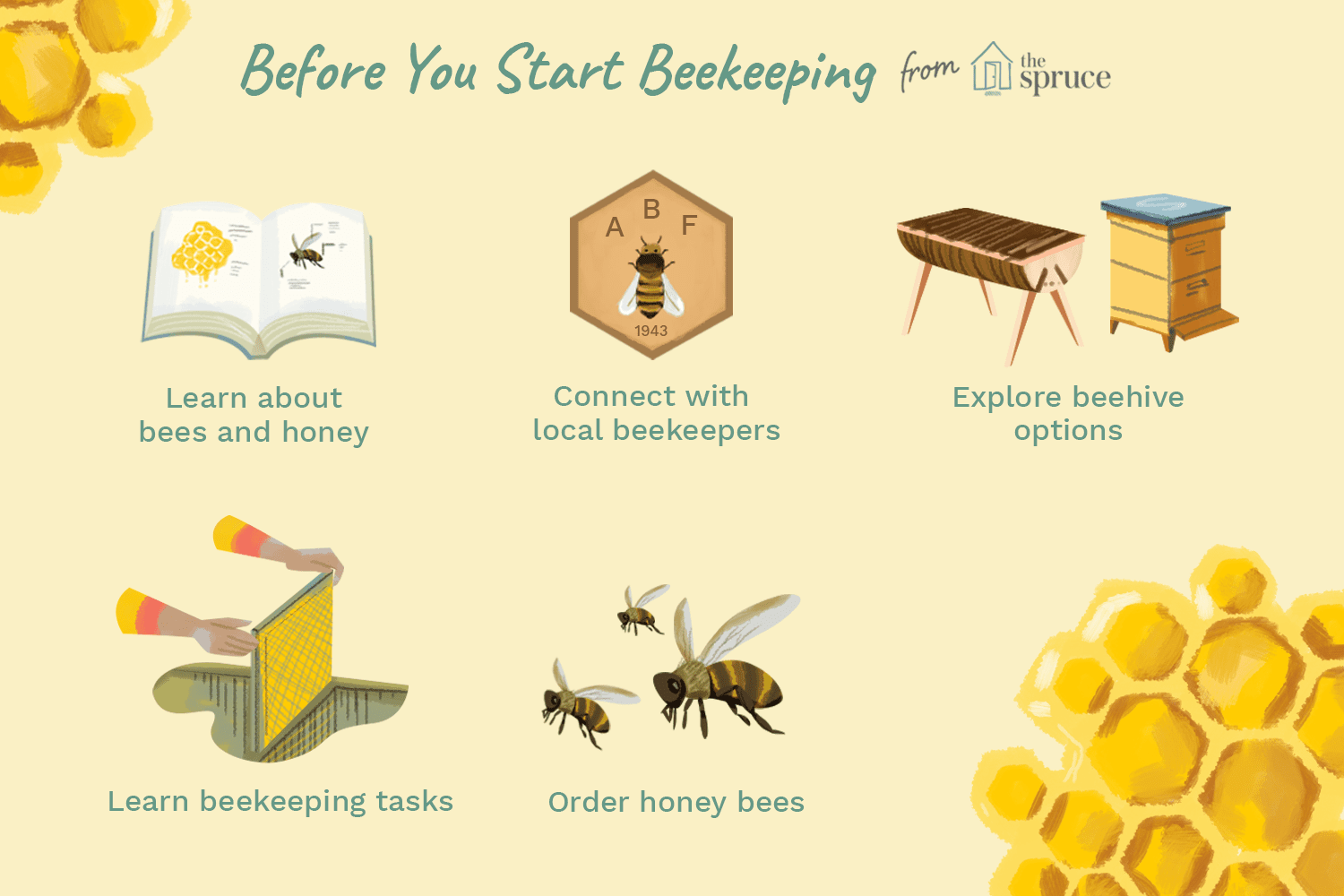
Beekeeping is the practice of managing honeybee colonies, commonly in man-made hives, for their honey and other products. It also involves caring for the bees, ensuring they have access to food and water, and providing a safe environment. Beekeepers also monitor their colonies for pests and diseases, and prevent the spread of illness. Beekeepers often use beekeeping techniques, such as selective breeding and artificial insemination, to ensure the health and productivity of their colonies. Beekeeping can provide many benefits for beekeepers, bee colonies, and the environment. Not only is beekeeping a great way to produce honey and other bee products, but it can also help to promote the conservation of wild bee populations, which are essential for the health of our ecosystems. Beekeeping also helps to promote biodiversity and can help to improve crop yields and the quality of food.
Benefits of Beekeeping
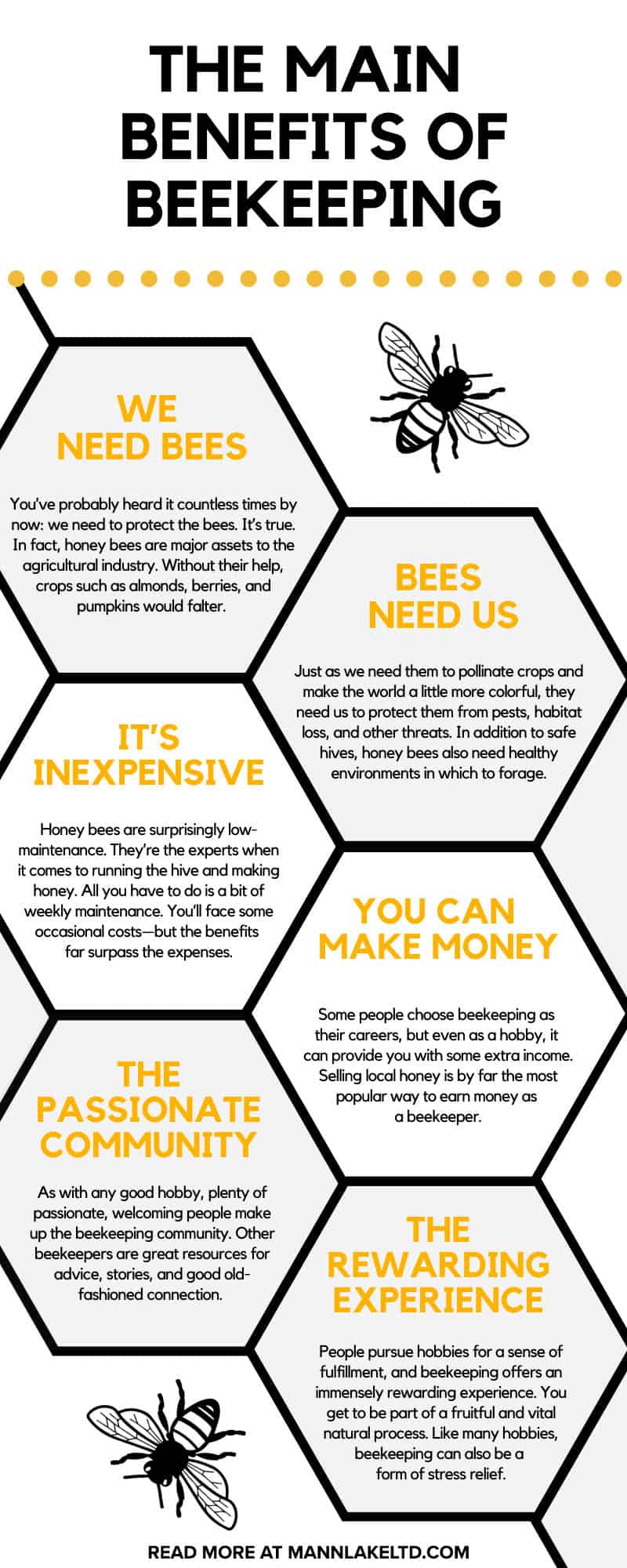
Benefits to the Environment
Beekeeping is beneficial to the environment in many ways, including providing a habitat for pollinators, enhancing biodiversity, improving water quality, and controlling pests. By helping to maintain healthy populations of bees, beekeepers can help to increase crop yields, ensuring a reliable food supply for both humans and animals. Beekeepers also help to protect wild bee populations by providing an alternative source of pollinators and a safe place for them to live.
Benefits to Humans
Beekeeping provides a number of benefits to humans, including honey and other bee products, such as beeswax and pollen. Honey is a nutritious and delicious food source that can be used in a variety of recipes and as a natural sweetener. Beeswax is often used in cosmetics and candles, while pollen is a great source of vitamins and minerals. Additionally, beekeepers often help to educate the public about the importance of bees and other pollinators to our environment.
Overall, beekeeping is an environmentally-friendly activity that provides benefits to both humans and the environment.
How to Start Beekeeping
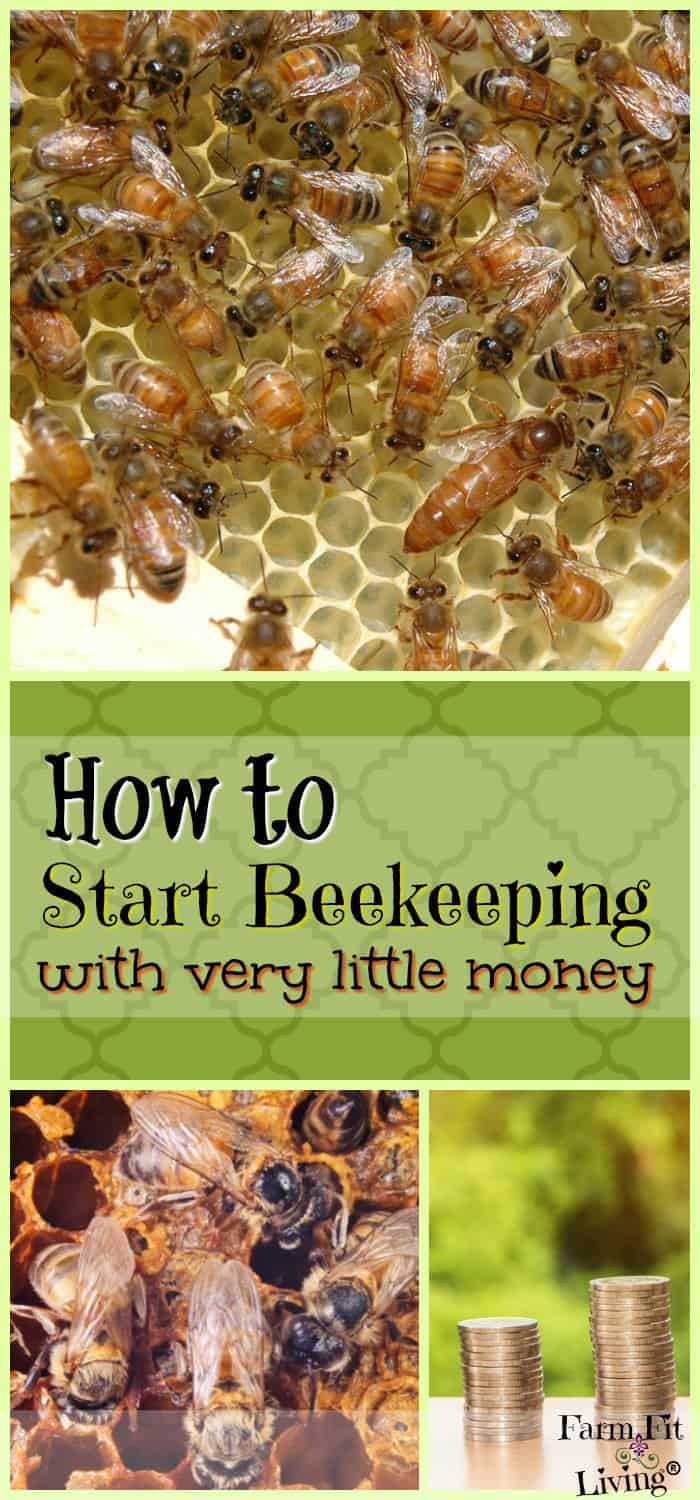
- Choose the right location: Choose a spot that is sheltered from the wind and has plenty of sun. Avoid areas with high pesticide and herbicide use.
- Purchase the right equipment: You’ll need a beekeeping suit, gloves, hive tool, and a smoker. You’ll also need an observation hive and a beekeeper’s veil.
- Obtain bees: Choose a bee species that is native to your area. You can purchase a package of bees or a nucleus colony.
- Install the bees: After you receive your bees, transfer them to the hive. Make sure the queen is in the hive and the entrance is clear.
- Monitor the hive: Check your hive regularly for signs of disease, pests, and other problems. Make sure the bees have access to food and water.
- Harvest the honey: When the honeycomb is full, you can harvest the honey. Make sure to leave enough honey for the bees to survive through the winter.
Caring for Your Bees

Beekeeping requires regular maintenance and care to ensure healthy, productive hives. When caring for your bees, you should be mindful of several elements to ensure your bees remain healthy and active.
Climate – Different bee species prefer different climates and temperatures. You should research which bee species is best suited for your climate, and provide them with adequate protection from extreme temperatures.
Food – All bee species require a steady source of food. If a hive is unable to find enough food sources in their natural environment, you may need to provide them with supplemental nutrition.
Hive Maintenance – Periodically inspect your hives to ensure they remain well-ventilated, dry, and free of pests. Make sure to remove any dead bees and honeycomb that may accumulate in the hive.
Protection – Protect your hives from predators by enclosing them in a secure fence or other protective structure.
Pest Control – Monitor your hives for signs of pests, such as mites, beetles, and wax moths. If you notice an infestation, you may need to treat your hives with an appropriate pesticide.
Health Care – Provide your bees with regular health care by monitoring their populations, inspecting for diseases, and treating any sick bees.
By providing your bees with adequate care, you can ensure that your hives remain a healthy and active source of honey and other valuable products.
Common Problems in Beekeeping
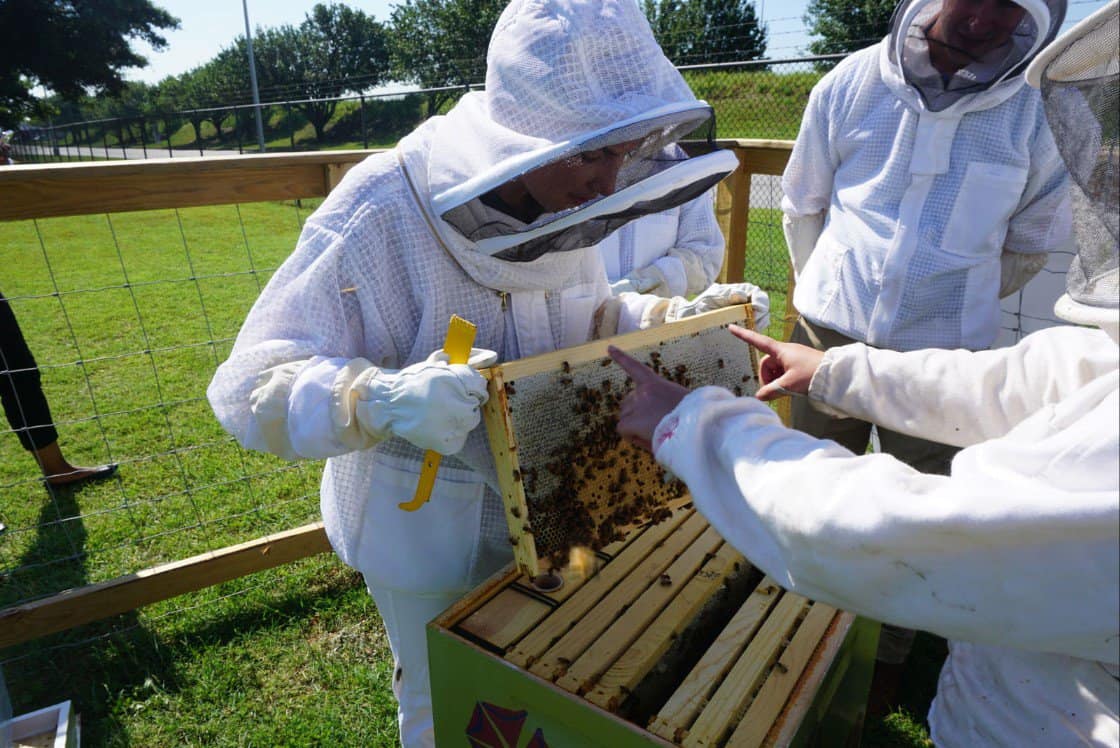
1. Pest infestations: Pests such as hive beetles, wax moths, and varroa mites can cause damage to bees and their hives. Beekeepers need to be vigilant and act quickly to keep pests away.
2. Disease: Bees can succumb to diseases such as foulbrood and nosema, which can quickly spread and decimate a hive. Regular monitoring and treatment can help keep hives healthy.
3. Inclement weather: Bees are vulnerable to bad weather such as strong winds, heavy rains, and extreme temperatures. Beekeepers must take steps to protect their hives from the elements.
4. Lack of forage: Without access to food, bees will eventually die off. Beekeepers must make sure their hives have access to a variety of forage sources such as flowers, trees, and shrubs.
5. Inadequate housing: Poorly constructed or maintained hives can create an environment where bees cannot thrive. Beekeepers need to ensure that their hives are properly constructed and maintained.
Harvesting Honey
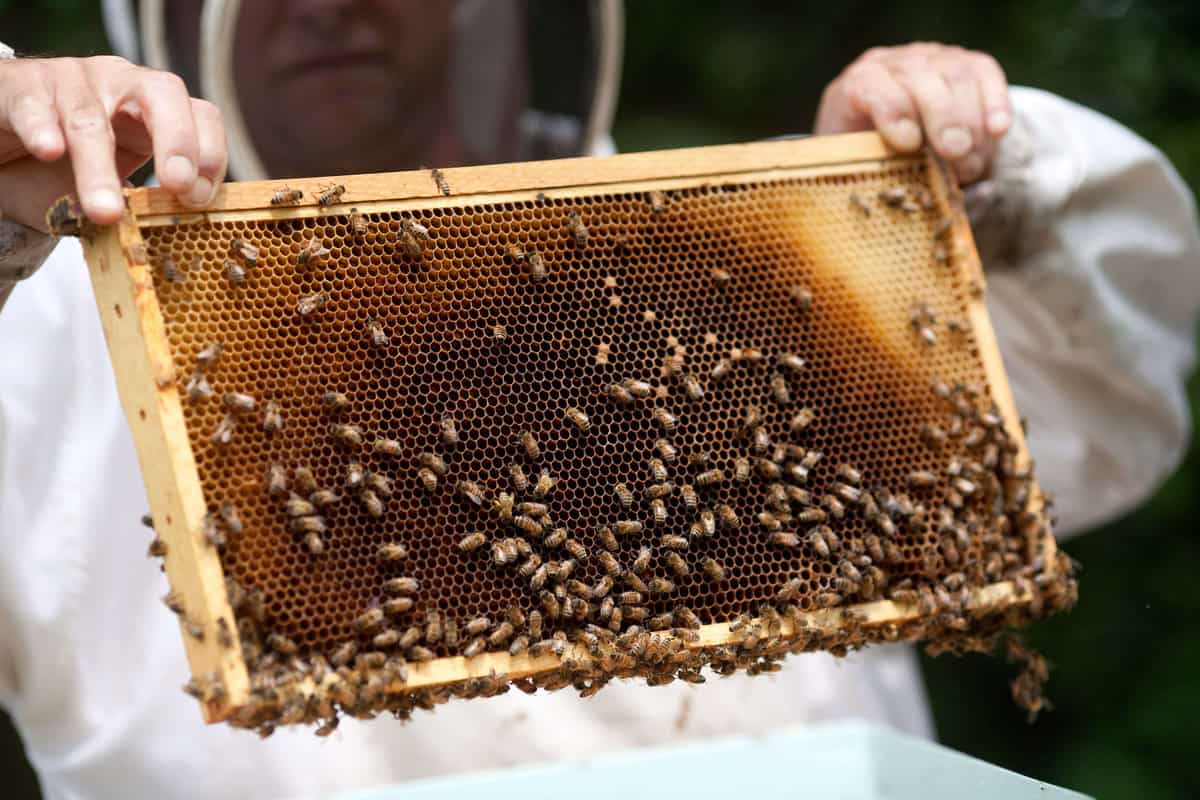
Beekeeping is a rewarding activity that benefits both the keeper and the bees. One of the most exciting aspects of beekeeping is harvesting honey. Honeycomb is the most valuable product of beekeeping and harvesting honey gives the keeper the opportunity to enjoy the fruits of their labor.
Harvesting honey is a relatively simple process. The beekeeper will first need to carefully inspect their hives to make sure the honeycomb is completed and ready for harvesting. Once the inspection is complete, the beekeeper will use a special uncapping knife to remove the wax capping from the top of the honeycomb. After the capping is removed, the beekeeper will use a special extractor to spin the honeycomb and extract the honey. The extractor is designed to spin the honeycomb and separate the honey from the comb so that the honey can be collected in a separate container.
After the honey is extracted, the beekeeper is left with the honeycomb which can be recycled and used to create new honeycomb. The extracted honey can then be filtered and bottled for consumption. Harvesting honey is a rewarding experience that allows beekeepers to enjoy the sweet rewards of their work.
Risks of Beekeeping
Safety: Keeping bees requires a great deal of care, as bee stings can be dangerous. Beekeepers must use protective clothing and equipment to protect themselves from stings.
Loss of Bees: The mortality rate of bees in a hive can be extremely high due to disease, pests, and other factors. Beekeepers must monitor the health of their hives and take preventive measures to reduce losses.
Cost: Keeping bees can be expensive, as beekeepers must purchase beekeeping equipment and supplies, as well as feed and medicine for the bees.
Time Commitment: Beekeeping is a time-consuming activity, as beekeepers must regularly inspect and maintain their hives.
Legal Restrictions: Beekeeping is subject to local laws, and some areas may have restrictions or bans on beekeeping.
Frequently Asked Questions
What are the Benefits of Beekeeping?
Beekeeping provides numerous benefits, including honey production, pollination of plants, and increased biodiversity. Honey is a natural sweetener that is rich in vitamins and minerals and has been used for centuries in many cultures as a natural remedy for ailments. Pollination is essential for the growth of fruits, vegetables, flowers, and other plants. Bees are responsible for pollinating over 90% of the world’s flowering plants, and without them, many food crops would not exist. Beekeeping also increases biodiversity, as colonies of bees provide a food source for birds, bats, and other wildlife. Lastly, beekeeping gives people the opportunity to learn more about the natural world and appreciate the hard work of bees.
How Can Beekeeping Help the Environment?
Beekeeping plays an important role in preserving the environment. Bees play a crucial role in pollinating plants, which in turn promotes healthy ecosystems. In addition, beekeepers often use organic beekeeping practices, avoiding the use of harsh chemicals and pesticides that can damage the environment. This helps to promote biodiversity, allowing bees to thrive and pollinate plants in their natural habitat. Beekeeping also helps to reduce the amount of carbon dioxide in the atmosphere, as honeybee hives produce small amounts of oxygen. Furthermore, beekeeping helps to conserve water, as beekeepers can use the water from their hives to irrigate their crops and gardens.
What Equipment is Needed for Beekeeping?
Beekeeping requires a few essential pieces of equipment to successfully maintain an apiary. This includes a hive, protective clothing, smoker, hive tool, bee brush, feeder, queen excluder, and frame lifter. Depending on the type of beekeeping, additional items may be required, such as an extractor for honey harvest.
Is there a risk of getting stung while beekeeping?
- Yes. Bee stings are a common occurrence when beekeeping. The risk of getting stung is higher for those who are inexperienced with beekeeping, as they may unintentionally agitate the bees.
- Protective gear. To minimize the risk of getting stung, it is important to wear protective gear, such as a beekeeper suit, gloves, and a veil. This will help to protect against stings.
- Removing stings. If stung, it is important to remove the sting as soon as possible. This can be done by scraping it off with a fingernail or a blunt object.
- Treatments. Bee sting treatments, such as antihistamines, can help relieve pain and itching. If a severe allergic reaction occurs, seek medical attention immediately.
How Much Time Is Required to Manage Bee Colonies?
Beekeeping requires a significant amount of time and commitment. Depending on the size of the colony, beekeepers need to spend at least two to three hours per week inspecting and managing their bees. This includes checking for possible diseases, pests, and other problems, as well as providing food, water, and other necessary resources. Additionally, beekeepers must monitor the colony’s growth and development, as well as harvest their honey and beeswax. Ultimately, the amount of time required to manage bee colonies will depend on the size of the colony and the beekeeper’s level of experience.
Conclusion
Beekeeping is an incredibly rewarding and beneficial activity, with a range of benefits for both the environment and beekeepers. Not only does it provide an opportunity to produce honey and other bee products, but it also helps protect the bee population and promotes biodiversity. It also offers a potential source of income for beekeepers, and can help educate children and adults about the importance of bees.
